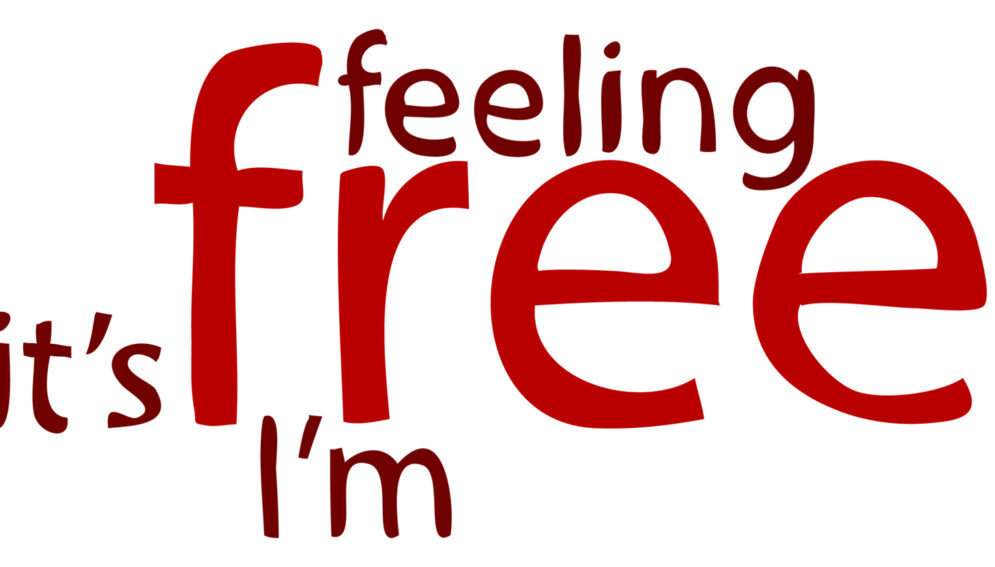According to Flurry, a company of Yahoo group specialist in the use of apps, approximately 90% of the apps in Apple Store are free. Google also gives free access to their search engine services. Hours of work of talented people given for nothing!
Let’s explore this business practice and see what we can learn from it.
From a customer perspective
Even if it’s permanently or just for a short period of time, customers are delighted when they find out that a product or service is free. It’s a nice surprise, something pleasant.
For this reason when someone gives us a gift, our body releases dopamine, a neurotransmitter associated with pleasure and reward feeling.
Scientists affirm that human beings need to enjoy small pleasures in everyday life (for instance, a glass of wine after work, leafing through that attractive magazine before going to bed, etc.), not only to make our life more pleasant, but also to prevent depressions, anxiety or poor performance.
There is also another interesting aspect for the customer who is offered a new product for free: if he doesn’t like the product, the risk assumed is almost zero.
Prof. Sandro Castaldo, from SDA Bocconi, explains this saying that the relationship between the company (or product or brand) and the customer can begin with a first stage: new customers must not feel the risk when pondering over a new product. And one of the best ways to get this is by experimenting it for free; being it for a period of time (e.g. two free sessions of fitness), or in a small amount (e.g. a sample of moisturizer inserted in a magazine).
So from these two perspectives -biological and relational- the surprise of seeing that something is free is really good for the people.
From a business perspective
At a first glance it might seem that firms shouldn’t be interested in giving their products or services for free. However, if we go further into the issue this statement can be qualified.
In a society in which the things that are sold are not always “squeaky clean”, if a company gives their customers the chance of getting in touch with their product for free -without risk-, this is the best possible marketing, both for the first product launch and for when new customers are sought. As Ariely (2008) says, the true attractiveness of free is related to the lack of risk of loosing something due to a bad purchase decision.
So, the cost of what is temporally free must be considered by the company as the “seed” of a new customer.
After all, I encourage (most of) the companies to feel like “customers growers”. Like farmers do: they plant a seed, take care of it, they water the plant, and then they harvest the fruits, and if everything goes well, the amount will increase in every harvest.
I think this agricultural approach is more interesting than the one of hunting customers -they are usually called “target”, “hitting” them with a given “intensity” of advertisements and without listening much to them, except when a market research is conducted.
Apart from this temporal investment of giving something for free, there is another approach, this one of a strategic kind. Companies can take a business model which is colloquially known as “freemium”, the contraction of free and premium. Like well-known companies such as Dropbox, Evernote or many games do, it consists of offering a service for free in its basic option, and a much more complete one -usually without advertising- if the customer pays for this premium upgrade.
Once the customer becomes familiar with that service, he usually desires to go further. And then he is willing to pay for that second premium level, in which he won’t find advertising. For this reason, Pujol (2010) says that freemium is a way to generate demand.
There is life beyond freemium
One of the methods I propose to innovate in marketing and retail is to “move away from the trade guild”: instead of selling good products, try to be of customers’ life (including such good products).
If we sell more or less the same as the competitors, the result is clear: due to the similarity, there is an evident risk of a price war. If such a tragedy happened, the gross margin would decrease, and this would reduce the company “energy”, because the gross margin is like the sap of the plants.
There are companies that know how to sell something apparently more abstract, but very relevant for the customers in certain moments of their life. For example, the company Ziferblat has cafeterias with a very relaxing atmosphere in Russia (Moscow and other cities), London, and soon in New York, in which they don’t charge customers for what they consume, but for the time they spend in there. In Moscow an hour costs around 2.5€ and in London, around 3.75€ (*).
Here, products are free. Instead of selling what the guild sells (with the risk of similarity and the feared price comparison), this retail chain happens to sell something very relevant to their customers’ life: quality time.
Beneath the pavement, the beach
This famous sentence of May 1968 in France is enlightening of the naughty look we can use in business. Instead of remaining in the surface (“the pavement” – what’s free) some managers decide to transform the reality changing their job: they want to be part of their customers-person’s life.
This business transformation may also be called “innovation”. Actually, this is the core part of a sound neuromarketing strategy.
(*) Calculation made in mid September 2014
_____________
Bibliography
- Ariely, D. (2008) Las trampas del deseo. Editorial Ariel.
- Busacca, B. & Castaldo, S. (2002) “Trust in market relationships: an interpretative model” Sinergie, Vol. 58: pp 192-226
- Flurry, The history of app pricing
- Pujol, N. (2010) “Freemium: attributes of an emerging business model” Social Science Electronic Publishing.
- Ziferblat
_____________
Lluis Martinez-Ribes
Source: Código 84, Special number AECOC Congress.
October 2014




